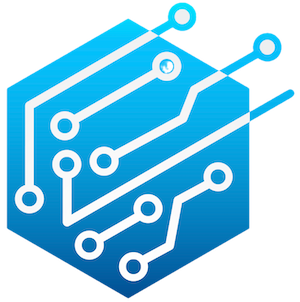Apple has always prided itself on a methodical, calculated way of introducing new technology into its product ecosystem. At the recent Worldwide Developers Conference (WWDC), the tech giant unveiled a series of AI features that highlight this incremental approach. Unlike its competitors who seem to leap ahead with groundbreaking AI advancements, Apple opts for a strategy that carefully integrates artificial intelligence into its established devices, such as the iPhone and Mac. This reluctance to rush can be seen as both a strength and a weakness, raising important discussions on the future of AI in consumer electronics.
At the conference, Apple introduced several AI-driven capabilities tailored to improve user experience. One particularly noteworthy feature is Live Translation, which provides real-time translation for phone and FaceTime conversations across different languages. By greatly diminishing language barriers, Apple aims to enhance communication across diverse cultures. Features like this signify a thoughtful exploration of how AI can make technology more accessible and beneficial in everyday life.
Empowering Users with AI
The event also spotlighted Workout Buddy, an AI-enhanced assistant aimed at keeping users motivated while exercising. In a demo, the voice assistant encouraged a user by noting her progress, saying, “This is your second run this week. You’re crushing it.” Such features not only add a personal touch to the user interface but also demonstrate Apple’s commitment to integrating wellness into its ecosystem. By combining AI with fitness applications, Apple is taking steps to appeal to health-conscious consumers while fostering a sense of community among its users.
Moreover, the upgrade to Visual Intelligence reveals Apple’s ambitions in visual recognition technology. The enhanced tool allows users to not just identify objects through their devices’ cameras but also extract information from screenshots to summarize webpages and identify products. As technology advances, the demand for intuitive, context-aware capabilities grows, and Apple appears to recognize this trend as essential for maintaining its competitive edge.
Innovation or Imitation: The AI Debate
Despite these new features, industry experts argue that Apple’s slow-and-steady approach may be an indication of its struggle to keep up with rivals like OpenAI, Meta, and Google. Analysts are questioning whether the innovations announced at WWDC address consumers’ growing expectations for superior AI functionality. For example, while Apple integrates its AI models into user devices, it lacks groundbreaking standalone models that can rival those of its competitors. Observing the market landscape, it seems clear that there’s considerable pressure on Apple to ramp up its AI game to prevent falling behind in this fast-evolving sector.
As Paolo Pescatore, an analyst at PP Foresight, pointed out, it is crucial for Apple to strike a balance between introducing fresh innovations and retaining its dedicated user base. With the tech landscape becoming increasingly competitive, the company may need to evaluate whether its conservative approach will ultimately hinder its market presence or strengthen its brand.
Unlocking Developer Potential
Another significant announcement was the unveiling of the Foundation Models framework, which aims to grant developers access to Apple’s AI tools. This development can potentially create a vibrant ecosystem of applications that leverage AI capabilities to cater to a wide array of user needs. Francisco Jeronimo, an analyst at IDC, emphasized the importance of this accessibility, noting it could narrow the gap between Apple and its competitors with advanced AI offerings.
Moreover, the timeliness of this decision is vital. By allowing developers to create applications powered by Apple’s AI in a secure manner via what they call Private Cloud Compute, Apple is addressing crucial concerns around privacy and data security. In an era where users are increasingly concerned about their private information, this feature might give Apple a competitive advantage over other tech giants that rely heavily on external cloud solutions for AI functionalities.
The Road Ahead: A Need for Boldness
While Apple’s methodical integration of AI capabilities is admirable, there is growing awareness within the industry that bigger strides may be necessary to maintain relevance. Competitors like OpenAI are exploring transformative possibilities, from hardware designed with AI integration to conversational agents that can communicate in more natural, human-like ways. If Apple wishes to solidify its position as an industry leader, the company will have to consider how to evolve its AI framework beyond mere integration and into innovative new applications that reshape user interactions with technology.
With the stage set and initial features unveiled, the question remains: can Apple harness its existing strengths while embracing a bolder approach to explore the vast potential of artificial intelligence? Only time will tell if they can transform their cautious methodology into leadership in the AI landscape.


Leave a Reply